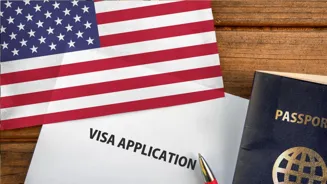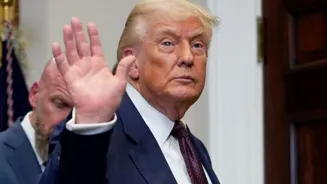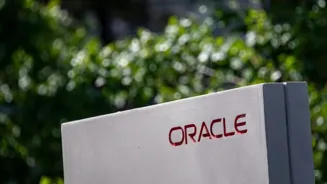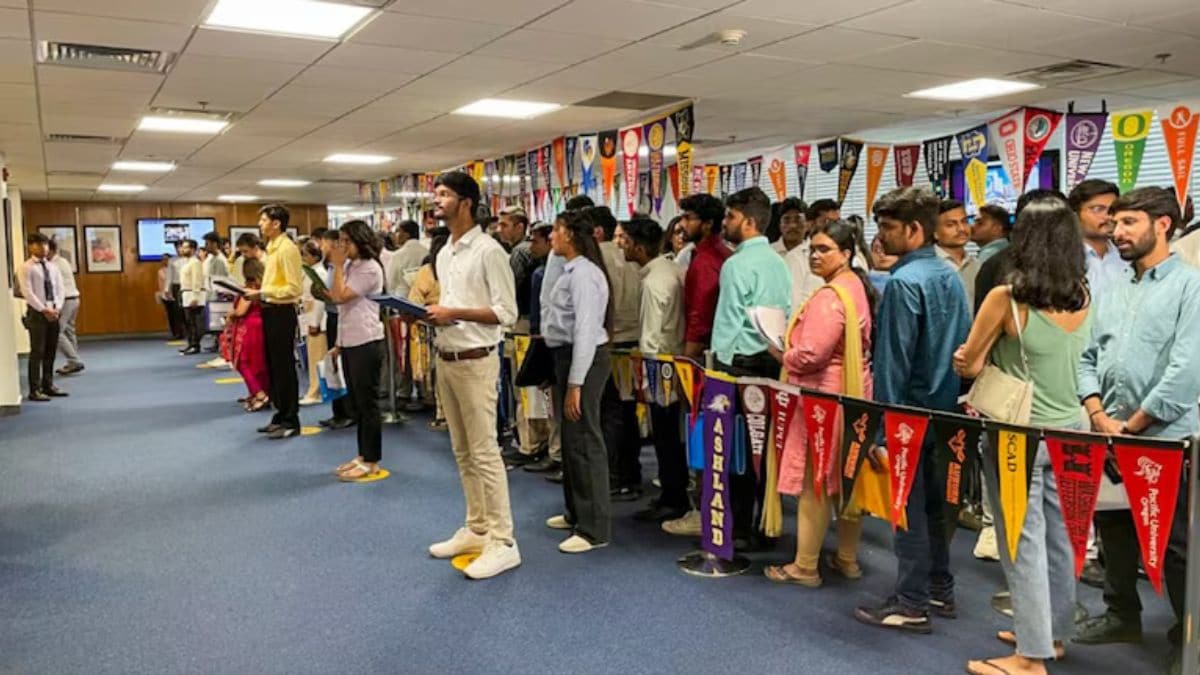The US H-1B visa, one of the most sought-after work permits for foreign professionals, is set for a major shake-up.
The White House has cleared a proposal to replace the long-standing lottery draw with a
The current lottery model
At present, the US issues up to 85,000 new H-1B visas annually — 65,000 under the general cap and 20,000 reserved for those with US advanced degrees.
When applications exceed the quota, the US Citizenship and Immigration Services (USCIS) uses a random lottery to decide which petitions
This system treats all eligible entries equally, regardless of the salary offered.
What the new system proposes
Under the wage-based model, priority would be given to applicants offered higher salaries, based on wage levels established by the US Department of Labour.
These wage levels range from Level 1 (entry-level) to Level 4 (highly experienced). The higher the wage level, the greater the applicant’s chances of selection.
In practice, USCIS could allocate visas starting from the
This would effectively reward employers willing to pay more for skilled talent.
Why this change is being considered
Officials say the new approach would:
- Ensure visas go to the most highly skilled and better-paid professionals
- Deter abuse of the lottery by companies submitting large volumes of low-wage applications
- Better align the visa allocation with the US labour market’s needs
Who stands to benefit — and who might lose out
Senior professionals and experienced specialists in fields such as artificial intelligence, cybersecurity, and advanced engineering, who are often placed in higher wage tiers, might gain from this change.
International workers with many years of industry experience, including those currently working overseas but receiving high salary offers from US firms, will likely benefit.
So will
Losers: Entry-level professionals, including recent international graduates in the US, and smaller companies or startups that can’t match big-firm pay scales.
International students in the US on F-1 visas graduating from master’s or bachelor’s programmes will lose out, as entry-level salaries are often placed in the lower wage tiers, reducing their chances of selection.
Fresh graduates from overseas seeking their first US job, who may not have the experience needed to command higher salaries, might also feel left out.
Professionals in fields such as education, non-profits, or research, where salaries are generally lower, even for highly qualified individuals, might also come low in the ranks.
As will smaller companies and startups that cannot match the pay levels offered by big tech firms, making it harder for them to compete for international hires.
Overhaul advances, but not yet final
The White House’s Office of Information and Regulatory Affairs (OIRA) has approved the draft rule, marking a key step in the regulatory process. The Department of Homeland Security (DHS) previously submitted the proposal for OIRA review.
Before becoming law, the rule must be published in the Federal Register and go through a notice-and-comment period where stakeholders can submit feedback. Only after this process will it be finalised.
When could this take effect?
If finalised, the wage-based system could be implemented for the FY2027 H-1B cap season, which begins with registrations in March 2026. Until then, the lottery system remains in place.
Industry experts advise employers and applicants to prepare for possible changes while awaiting the outcome of the public consultation.














